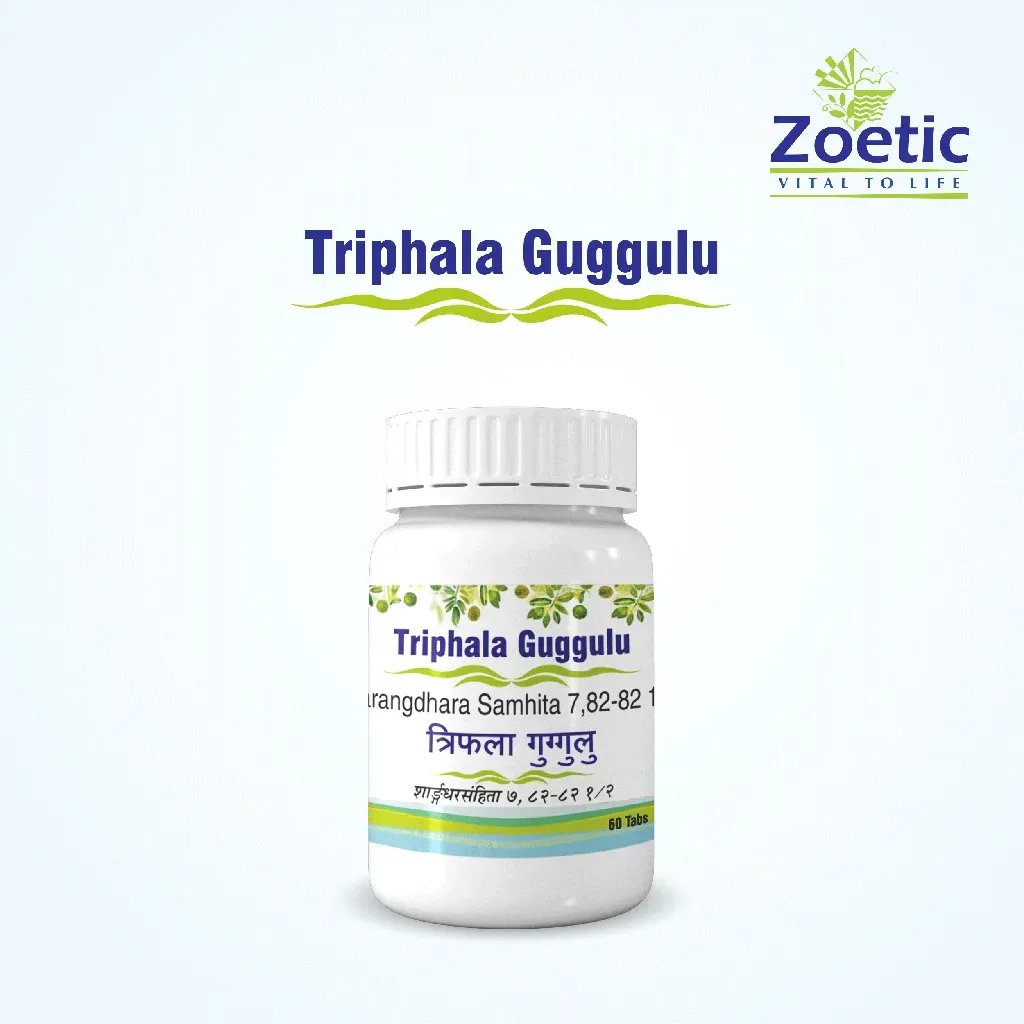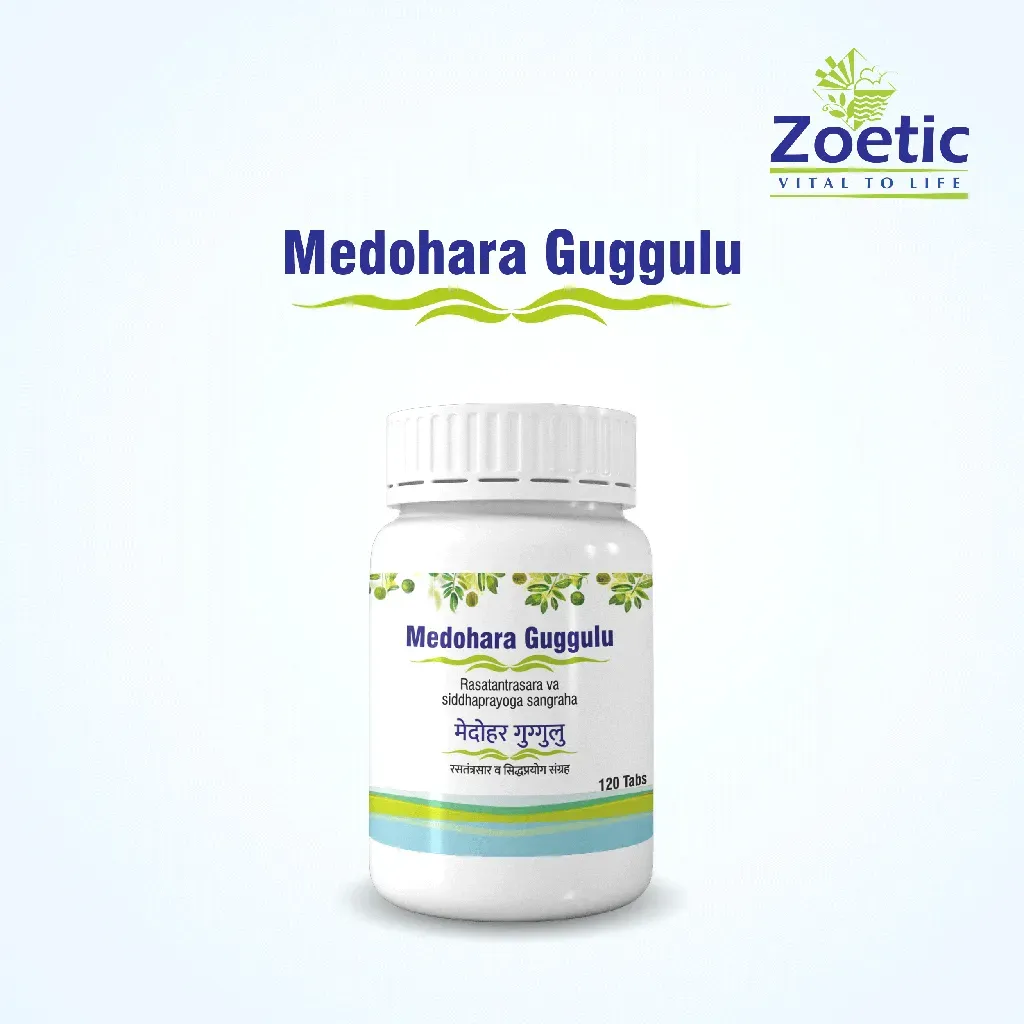5 Ayurvedic Medicines You Should Know About in 2024
In recent years, there has been a resurgence of Ayurvedic practise in India, with almost four hundred thousand registered practitioners. The Indian government, with the establishment of the Ayurveda, Yoga, Unani, Siddha & Homeopathy (AYUSH) ministry 10 years ago in 2014, aimed to promote research, education and awareness regarding these disciplines. In line with that zeal, here are five Ayurvedic remedies you should know about in 2024.
- Chandraprabha Vati - ‘Chandra’ in sankskrit means moon, and ‘prabha’ signifies its glow. The name ‘chandraprabha’ is hence owed to an ingredient that resembles the moon in appearance – kapoor or camphor. Comprised of 37 natural ingredients, it is most commonly known as an Ayurvedic medicine for kidney stones and urinary disorders, but in today’s day and age, it has also found its use as an Ayurvedic medicine for prostate enlargement.
Chandraprabha Vati Uses
The Ayurvedic text Sarangadhara Samhita not only enlists the composition and processes involved in making Chandraprabha vati, but also outlines its various uses. As mentioned earlier, among its chief uses are in cases of urinary disorders. It is widely used to treat kidney stones, enhanced by its potent diuretic action, which ensures the flow of urine and removes toxins. Apart from stones, it is also used as an Ayurvedic medicine for UTI (urinary tract infections) due to ingredients having antibacterial action. Prostate enlargement is another condition (faced primarily by old aged males) where the normal flow of urine is restored by this medicine. For more information, click here.
For both men and women facing reproductive issues, Chandraprabha vati improves the quality and motility of males’ sperm, and restores regular rhythm of disturbed menstrual cycles in females for timely ovulation and increased chances of conception.
It is also suggested to have a role in managing diabetes by increasing the ability of the body to respond to the naturally secreted insulin, regulating blood sugar levels. However, its benefits on digestive health are not limited to this; Chandraprabha vati is also recommended to remedy liver disorders, and sometimes conditions like indigestion and bloating. Due to its ability to control inflammation, it is also recommended in joint conditions like arthritis and gouty arthritis.
- Samshamani Vati (Guduchi ghan vati/Giloy) - The word ‘Samshamani’ in Sanskrit is made up of 2 parts – ‘sam’ and ‘shaman.’ The prefix ‘sam’ has a positive connotation, and ‘shaman’ means pacification, balance or alleviation. Hence, Samshamani Vati is the tablet that restores good balance to the body, and alleviates illnesses. Made up of the single ingredient Giloy or Guduchi, it is also known as ‘Giloy ghan vati.’
In the text Ayurved Sarasangraha, Samshamani vati has been recommended to control fever, especially chronic fever that persists for multiple days, or recurring fevers. It effectively lowers body temperatures, and strengthens the body’s immune system, preventing future infections. To combat weakness, it provides overall strength and a feeling of rejuvenation. Its antimicrobial properties are responsible for making it one of the most widely used medicines in Ayurveda.
- Arogyavardhini Vati - The word ‘arogyavardhini’ comprises ‘arogya,’ meaning health and ‘vardhan,’ meaning improve. Thus, Arogyavardhini vati is the tablet that improves general health.
It is well known that a significant portion of diseases can be traced back, or are linked in some way to an unhealthy or a dysfunctional gut. Arogyavardhini vati aids the process of digestion by combating indigestion, constipation and bloating/gas. Moreover, it also enhances metabolic health by restoring normal liver function, which is helpful in conditions like jaundice. Excess fat, diabetes and excess cholesterol can also be managed by using Arogyavardhini to assist the main line of treatment for these conditions.
Arogyavardhini Vati’s benefits are not limited to the digestive system; it is also used to treat skin disorders and flush out toxins, whose effects can manifest as various skin abnormalities.
- Triphala Guggulu - ‘Triphala’ literally means three (tri) fruits (phal). These 3 fruits are amla, baheda and harde. The mixture of these 3 ingredients acts as a mild laxative. While the churna/powder form of Triphala has become a household item in many Indian kitchens, Triphala Guggulu is its tablet form that contains 2 additional ingredients – Pippali and Guggulu. Pippali assists in digestion and quenches heartburns. Guggulu enhances heart health and also acts as a binding agent to hold the tablets together.
Triphala Guggulu Uses
The most commonly known benefit of Triphala is that it treats constipation. As discussed earlier, the 3 fruits (known in Sanskrit as Amalaki, Bhibhitak and Haritaki) in combination have a laxative effect. Additionally, they also reduce gas formation/flatulence, and help with weight loss. Apart from this, Triphala Guggulu is also used to treat piles due to its anti-inflammatory properties. Fistula is another condition remedied by this medicine, wherein an anal gland causes an opening in the surrounding skin, which becomes swollen (inflamed).
- Medohara Guggulu - According to Ayurveda, the body is made up of 7 different types of tissues called ‘dhatus.’ Collectively, they are known as the ‘Saptadhatu,’ or seven tissues. Of them, the adipose tissue stores fat. This is known as ‘meda.’ ‘Har’ means to take, which makes Medohara Guggulu the medicine that takes away excess fat from your body.
Medohara Guggulu Uses
Carbohydrates are the form in which the human body uses energy for ongoing processes like movement, digestion, metabolism, etc. Fat is the form in which excess energy (Calories) is stored for future usage. A healthy metabolism allows the body to use enough energy so that excess fat storage is prevented. Medohara Guggulu corrects the body’s metabolism, stimulates the usage of this excess fat, and prevents the further storage of more fat. This means that you don’t only lose weight, but can also keep it off. Rheumatoid arthritis is another condition in which Medohara Guggulu is effective.
To conclude, there are various ways you can use these classical ayurvedic medicine to treat common disorders, or take them as supplements for your general health. While the safety of these remedies has been established by millennia of practise, it is still important to consult an Ayurvedic physician to find the dosage that best suits your needs.








Comments
Post a Comment